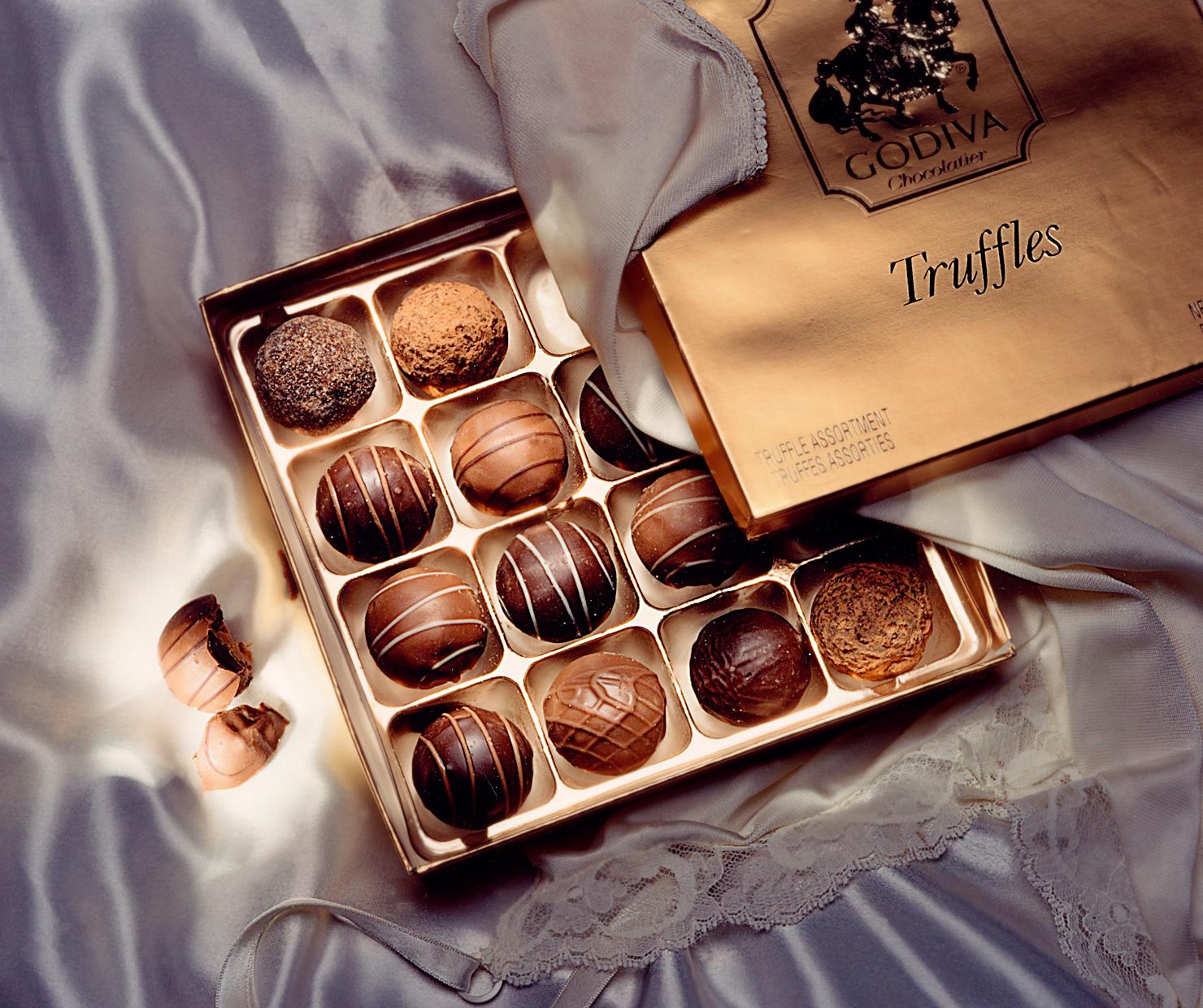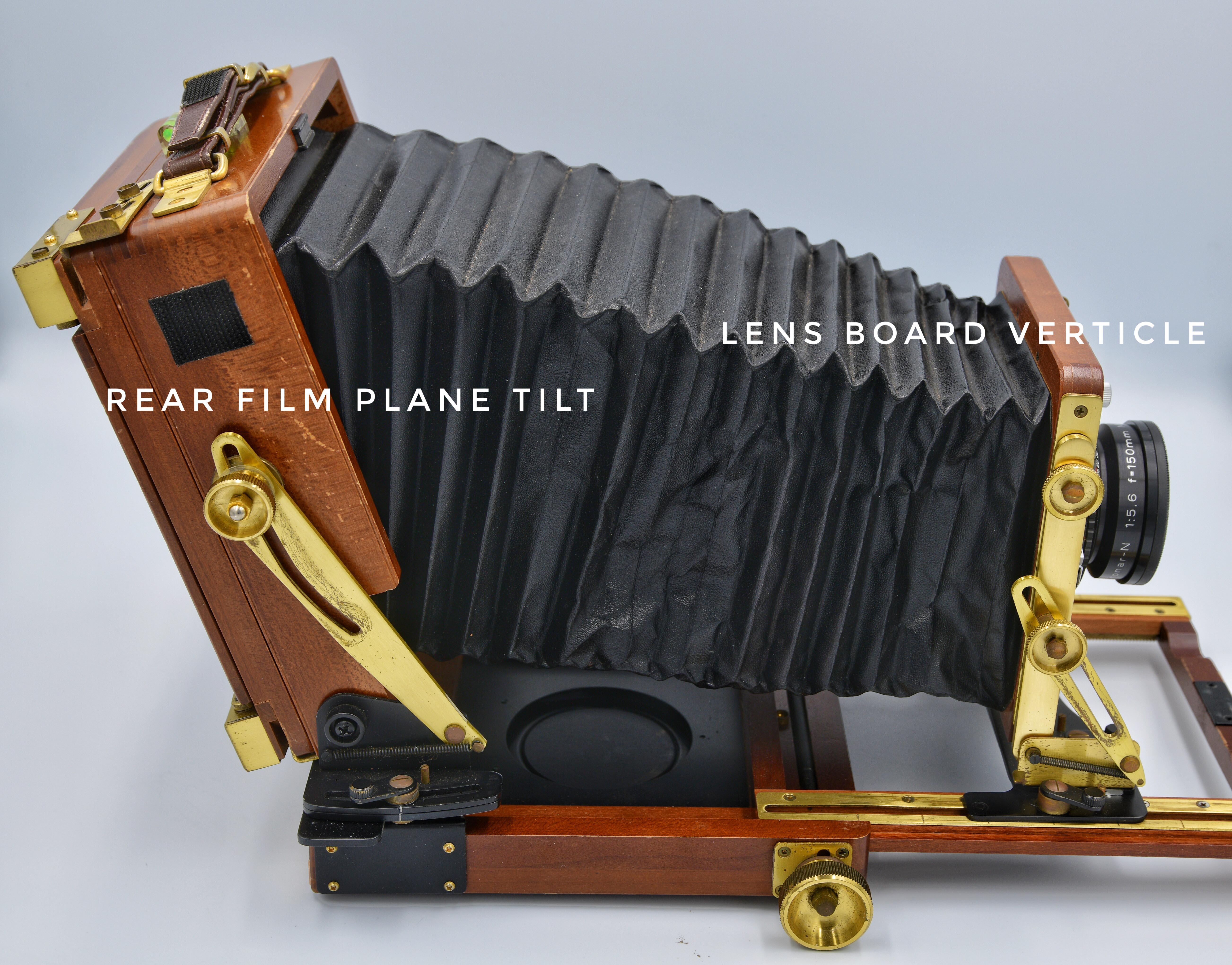
8 minute read
Large Format Photography is for Beginners (Part 1 of 3) By Roger Daines
LARGE FORMAT PHOTOGRAPHY IS FOR BEGINNERS! (Part 1, Background)
By Roger Daines
This is the first of 3 articles; Part 2 will appear in the June Newsletter and Part 3 in the July edition.
Let me start with some background. I started my career in photography in 1988 as a wedding and portrait photographer with a small studio in a business park in Escondido, California. After a couple of years, I joined the Professional Photographers of San Diego, the Professional Photographers of California and the Professional Photographers of America all in the same week. I am now living in UK and a member of RPS
I guess it was my background in engineering and surveying that drew me to the commercial side, especially the architectural photography, and I started getting commercial assignments, that’s when I got my first 4x5 large format studio camera and never looked back!

This Image of the Metroplex, San
Diego, commissioned by Architect, Velvia50. This image was selected for the front cover of the PPA “Professional Photographer”. PPA “Loan Collection”

Promo image of a light bulb. In-camera effects, no PS, Velvia50. This image was “runner-up” with PPA’s cover image competition.

Godiva Chocolates - Commissioned by a candy store; in camera light painting with FX tool, each chocolate was individually “painted”.
Large Format
There has been resurgence interest in film and Large Format in the last few years. Using a large format camera, in my opinion, is a great way to learn how to use a camera. Large format is described as any camera that has a film size of 4” x 5” or larger. Large Format can be as large as 20” x 24” or larger! Once you get beyond 8” x 10” the price of film and holders can be as much as new DSLR camera!
Are the results from a view camera superior to smaller formats? That’s an absolute “maybe”!
What you will get is a negative/positive image 13 times larger than a 35mm and more than 4 times larger than a 6 x 7 format, giving you the option of making a very large print with fine detail. I have been using view cameras for many years, in the studio with a rail system camera for my commercial work and my field 4x5 camera for architectural work.

Cables
Cables Why Use LF?
Why is using a view camera great for learning the basics of photography? There are several reasons. To me the first reason is it makes you slow down, think about your composition; large format film is expensive, so you don’t want to waste exposures. Deciding what lens focal length you will use is also important. On a 4x5 view camera the “standard” lens would be a 150mm or 6” lens, this equates to about a 45mm lens on 35mm.
Next, deciding what type of film; colour negative, black and white or transparency film, also known as “Chrome”. Now what ISO film do you need, you can’t just change ISO as you might with a digital camera. Once you’ve decided on the film to use then its aperture and shutter speed decision time. Apertures on large format lenses start around f5.6 to f64, some are f8- f45. Speeds are from Bulb or Time to 1/500. And finally, one needs abundant Patience!
Challenges
So, what are the challenges using large format, (some might say drawbacks!) It’s a large camera, not necessarily heavy these days, you need film holders; these can take up room and add weight. You need a good sturdy tripod. When you are set up and ready to go you realise it is difficult to see the image on the ground glass; you will need a loupe to check the focus. If this is the first time using a view camera here is the kicker! What you see on the ground glass is upside down and back to front! Why? There are no prisms incorporated into the cameras or lenses with large format as there are in smaller formats such as 35mm and medium format cameras. This takes time to get used to if you need to compose your image again, down is up and up is down, left is right, and right is left

A Rolex
Advantages
What are the advantages of large format? The camera, lens and film holder can be purchased NEW for less than a high-end digital camera and they don’t go out of date after a year or so! Enlargements from properly focused and exposed film are outstanding. These days you can scan transparency film into your computer without having to pay for laboratory enlargements. Making a contact print, using the view camera will teach you all about the various combinations of ISO, Aperture and Speed to be as creative as you want. (I’ve always remembered the phrase “I Am Shooting” to get the sequence right; it’s now second nature to me.)
I can still use roll film on my view camera AND now my Nikon D850! If the view camera has a Graflock back (with 4x5) I can shoot 120 rolls in 6x12 (6 exposures), 6x14 (5 exposures) and 6x17 (4 exposures) all with one adaptor back. For digital I can shoot 5 vertical images in perfect registration sequence of 30 degree overlap for a 6x17 panorama on my D850 with another back attachment.
With large format you don’t need a tilt/shift lens if you’re shooting architecture. By using the tilt and rise and fall on the front and rear standards you can eliminate that “keystoning” effect. Just aim the camera up or down at the object then adjust the front and rear standards to vertical, if you are missing some of the image then you can use the “rise and fall” on these standards to bring it back onto the ground glass. Zoom lenses are not necessary for close work as you can extend the bellows, but you will have to adjust the exposure for the bellows extension.

Role film back for 4x5
Role film back for 4x5

Panorama Hood
Panorama Hood

Digital Camera Adapter
Working in the studio with a view camera to get a set-up in sharp focus from front to back; for example chess pieces on a board, you can use the lens wide-open at f5.6 and by utilising the Sheimpflug movements for the camera everything will be tack sharp from front to back and you don’t need to flood the set with light.
Starting With Large Format
Starting out with LF you will need to decide what LF camera you want, 4x5, 5x7, or 8x10 inches. A lens for 4x5 needs to have the covering power of a 5x7 camera to ensure there is no corner cut-off on the image, most lenses will be ok. Used lenses are fine, (I purchased 2 many years ago and they’re still working fine today). The standard lens for the LF size of 4x5 is 150mm mounted on a lensboard; a lens spanner tool to change lenses on lens board if you only have one lens board,(my camera uses a Copal 0 lens board), film holder(s), light meter preferably with spot metering, loupe for focusing the image on the ground glass, I like to use a 7x loupe. A cable release, dark cloth or ground glass hood, a sturdy tripod and lots of patience! I’ve added a Fresnel screen to my ground glass back as it disperses the light more evenly and makes the image brighter, not essential but a great help. A ground glass protector is also a good investment against scratches or damage to the ground glass.

150 mm Lens
This seems like you’ll need a Sherpa to carry everything, but my LF outfit, including the roll film and digital camera adapter, weighs 15 lbs and takes up no more room than my DSLR and three zoom lenses
The Cost
So, what does it cost to use a 4x5 view camera for all of this?
My 4x5 equipment cost me approximately £2600 with one lens. My D850 plus a standard lens has cost me about the same. The large difference is the cost of film, but this can be offset by not needing zoom lenses if you don’t shoot wildlife or sport.


Front & rear Plane Tilt
Because film is not used so much the price has risen and it’s tougher to get all the different types. I’ve always loved using Fuji transparency film, it’s now hard to get and a lot more expensive. BUT, after some research I’ve found I can get the film from Japan, on Amazon Japan! It’s less expensive than genuine Fuji film and the postage is minimal. You can view the site in English on Amazon.Jpn.
“You Tube” is a great source for “how to” videos on large format. I particularly like the videos by Nick Carver. I hope this article inspires you to reach out to large format, once you start using large format it’s addictive!
About Roger Daines

Roger B. Daines, M. Photog, Cr. Photog, CPP, Ca.M. Photog, API, is a retired commercial photographer now living in the UK. He has numerous loan collection images with PPA, two Kodak Epcot awards, a Kodak Gallery award, 5 Fuji Masterpiece Awards and two people’s choice awards. He was a member of Fuji’s Talent Team for several years. Roger has taught at PPC’s West Coast School in San Diego, Professional Photographers of America (PPA) and Professional Photographers of California (PPC) conventions and in England, Mexico and South Korea. He is a Lifetime Member of PPA, twice past President of PPC and PPC Fellow, PPC Hall of Fame and a member of the prestigious Royal Photography Society




